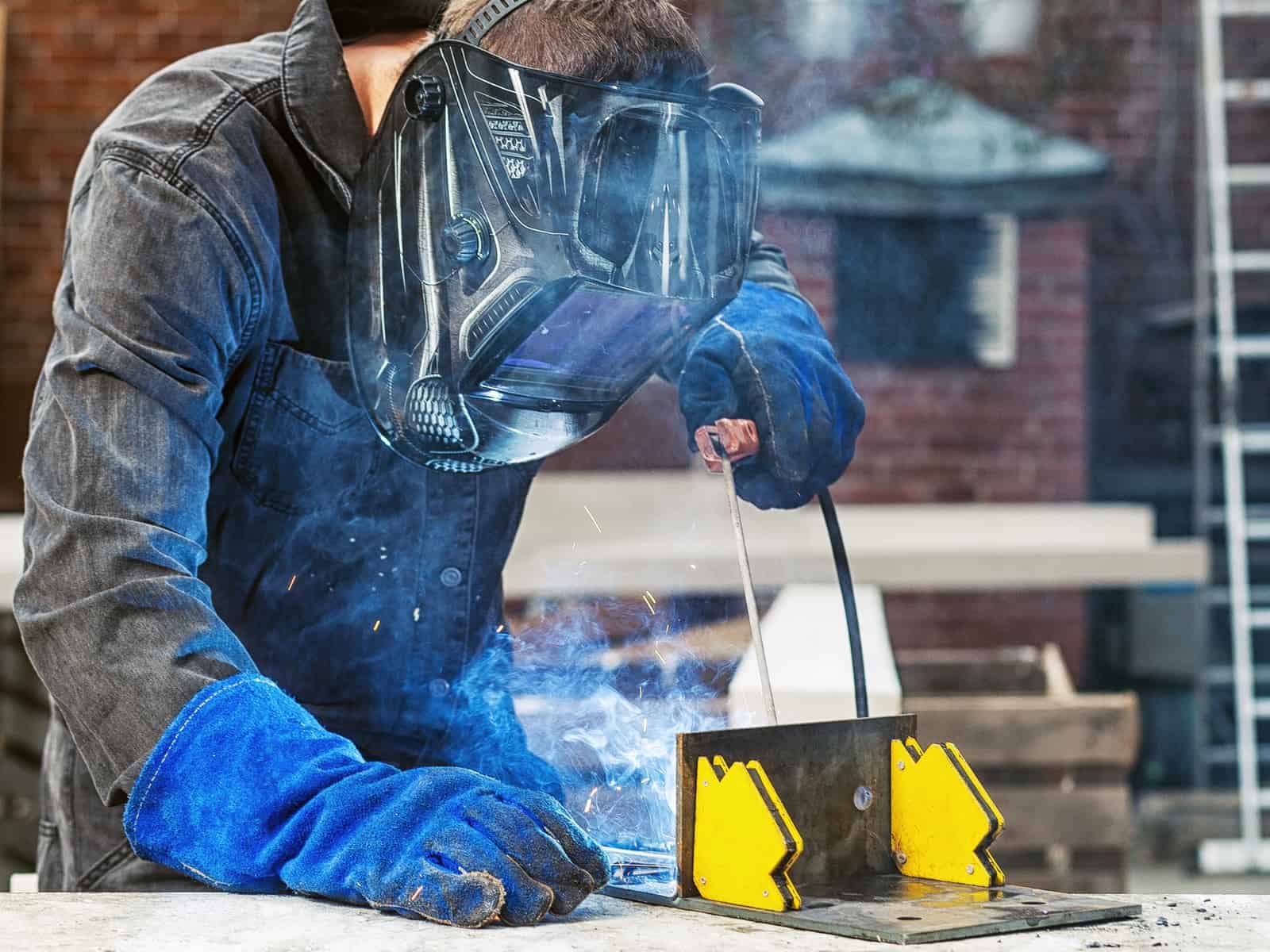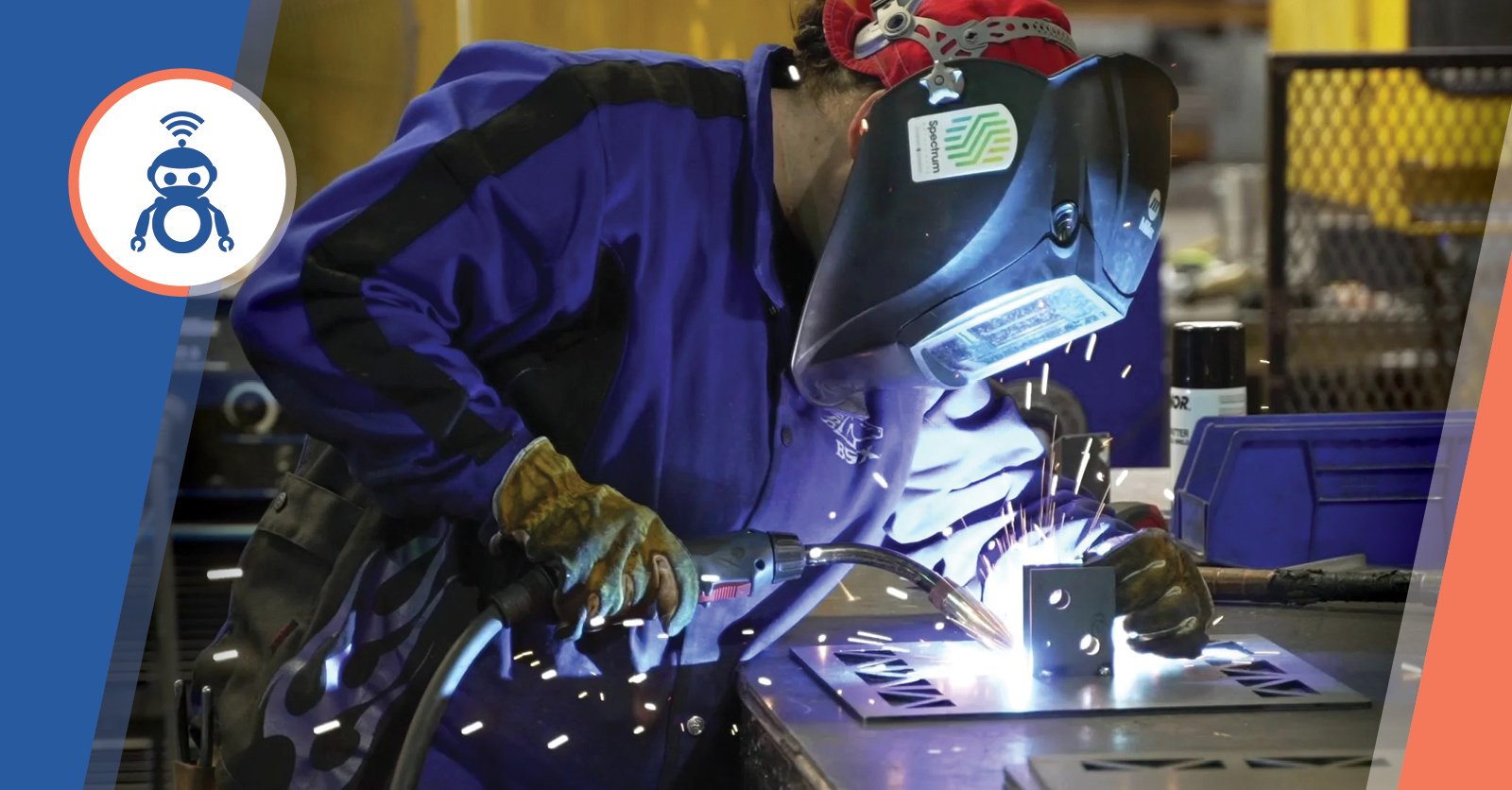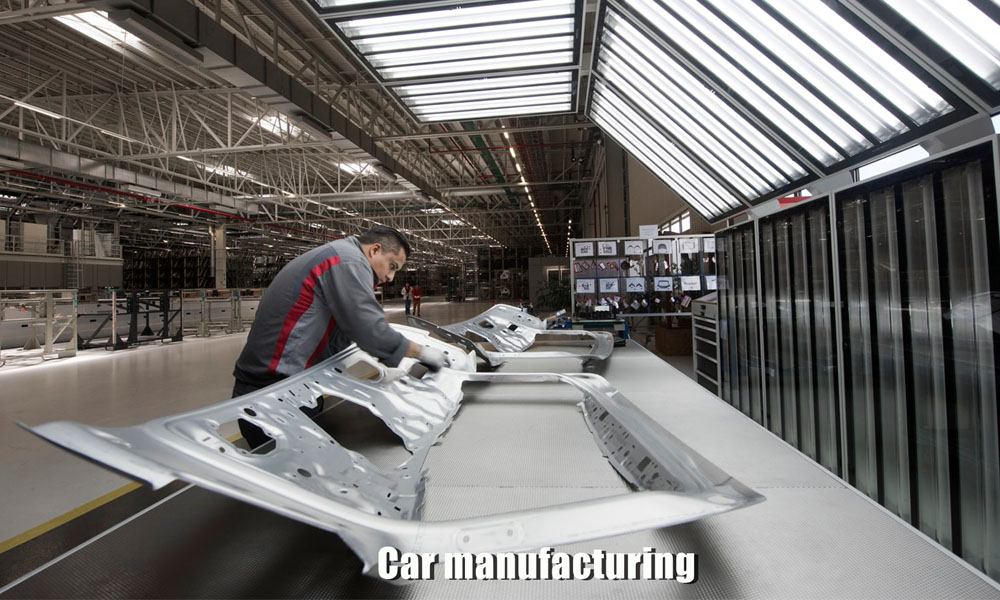Common Welding Fixing Issues and How to Address Them Efficiently
Welding repair work frequently encounter a series of problems that can jeopardize the honesty of the end product. Common issues include inadequate penetration, porosity, and misalignment, among others. Each problem provides distinct difficulties that need certain techniques for resolution. Recognizing these problems is important for welders aiming to enhance their outcomes and skills. This discussion will discover these typical welding fixing problems and reliable techniques to resolve them.
Poor Infiltration
Insufficient infiltration takes place when the weld steel falls short to totally fuse with the base material, causing weak joints and possible structural failures. This problem frequently stems from inadequate heat input, wrong electrode angle, or improper welding speed. Welders might encounter poor infiltration as a result of a mistake of the needed specifications for a certain material density or kind. In addition, contamination on the base product's surface area can prevent reliable bonding, aggravating the issue. To resolve poor infiltration, welders ought to assure appropriate setups on their devices and keep a tidy work surface. Regular examination of welds is suggested to determine any kind of shortages early, allowing for timely adjustments and the prevention of jeopardized structural honesty in bonded settings up.
Porosity
Porosity is a common defect in bonded joints that manifests as little gas bubbles caught within the weld metal. This problem can jeopardize the stability of the weld, bring about decreased stamina and potential failure under anxiety. Welding. Porosity generally arises from contamination, dampness, or inappropriate welding methods, which permit gases to run away into the liquified weld pool. To attend to porosity, welders ought to ensure correct surface area prep work, preserve a clean working setting, and use suitable welding parameters. In addition, picking the right filler material and shielding gas can minimize gas entrapment. Regular assessment and testing of welds can aid determine porosity early, ensuring timely rehabilitative actions are taken, consequently preserving the top quality and integrity of the welded structure
Misalignment
Imbalance in welding can emerge from numerous factors, consisting of improper arrangement and thermal development. Comprehending the origin is important for efficient resolution. Several adjustment methods are offered to straighten parts and assure architectural stability.
Reasons for Misalignment
Welding misalignment commonly stems from a range of underlying concerns that can jeopardize architectural honesty. One main cause is improper fit-up of parts prior to welding, which can result in gaps and irregular surfaces. Variants in thermal expansion during the welding process can also lead to distortion, specifically if the products being joined have various coefficients of expansion. In addition, inadequate fixturing and securing might stop working to hold parts securely in position, resulting in activity during welding. Poorly conserved devices, including welding machines and devices, may present incongruities in the weld grain, more adding to misalignment. Operator mistake, stemming from not enough training or experience, can also play a substantial role in producing misaligned welds.

Improvement Techniques Readily Available
Attending to misalignment successfully requires a combination of restorative strategies customized to the details issues handy. One common method is the usage of jigs or components to hold elements in the appropriate position throughout welding, making certain constant placement. Additionally, preheating the materials can help reduce distortion and enhance fit-up. For substantial imbalance, mechanical adjustment strategies, such as utilizing hydraulic jacks or clamps, can be used to remedy the position prior to welding. Post-weld heat treatment might likewise be needed to eliminate stresses triggered by misalignment. Ultimately, mindful inspection and change during the arrangement phase can stop misalignment concerns from ending up being substantial issues, advertising a smoother welding process and enhancing total structural stability.
Distortion
Distortion is a typical obstacle in welding that can arise from numerous elements, including irregular home heating and air conditioning. Comprehending the causes of distortion is vital for applying reliable prevention methods. Addressing this concern not only improves architectural honesty yet additionally boosts the overall high quality of the weld.
Causes of Distortion
When based on the intense warmth of welding, materials usually undertake adjustments that can result in distortion. This sensation largely emerges from thermal expansion and contraction during the welding procedure. As the weld area warms up, the material expands; upon air conditioning, it contracts, which can produce internal stress and anxieties. On top of that, irregular home heating across a work surface can exacerbate these stresses, causing bending or bending. The sort of material likewise plays a significant role; metals with differing thermal conductivity and coefficients of growth might react in a different way, bring about uncertain distortions. Additionally, poor joint style and insufficient fixturing can add to misalignment throughout welding, boosting the likelihood of distortion. Comprehending these causes is essential for reliable welding repair work and avoidance techniques.
Avoidance Techniques
Reliable prevention strategies for distortion throughout welding concentrate on managing heat input and making sure proper joint style. Maintaining a regular warm input aids to lessen thermal development and contraction, which can result in distortion. Utilizing techniques such as pre-heating the work surface can additionally reduce the temperature level gradient, promoting uniform home heating. Additionally, picking appropriate joint designs, such as T-joints or lap joints, can Continued boost security and decrease anxiety focus. Carrying out correct fixturing to secure the work surfaces in position even more aids in maintaining positioning during the welding process. Staggered welding sequences can disperse warmth extra uniformly, preventing local distortion. By applying these approaches, welders can substantially lower the probability of distortion and boost the general high quality of their welds.
Cracking
Cracking is a common concern experienced in welding repairs, frequently resulting from different factors such as improper air conditioning prices, material selection, or poor joint prep work. The occurrence of splits can greatly endanger the integrity of the weld, resulting in prospective failures throughout procedure. To address this concern, welders have to first analyze the source, making try this web-site certain that products work and appropriately chosen for the specific application. Furthermore, managing the cooling rate during the welding process is essential; fast air conditioning can cause stress and bring about cracking. Proper joint layout and preparation additionally contribute to minimizing the danger. Applying these methods can boost weld high quality and sturdiness, inevitably reducing the possibility of cracking in ended up weldments.

Insufficient Fusion
A significant concern in welding repair services is incomplete combination, which happens when the weld steel does not effectively bond with the base product or previous weld passes - Montana Mobile Welding and Repair Belgrade. This flaw can result in weaknesses in the joint, potentially jeopardizing the stability of the welded structure. Factors adding to incomplete blend consist of inadequate heat input, improper welding technique, and contamination of the surfaces being joined. To address this issue successfully, welders ought to ensure appropriate pre-weld cleaning and surface area prep work, in addition to adjust their welding parameters to achieve sufficient infiltration and combination. Routine inspection during the welding procedure can also aid recognize incomplete blend early, permitting timely rehabilitative procedures to improve the general top quality of the weld
Overheating
While welding fixings can boost architectural stability, overheating provides a considerable obstacle that can cause material destruction. Extreme warm throughout welding can modify the pop over to these guys mechanical properties of steels, leading to reduced strength, enhanced brittleness, and bending. This phenomenon is specifically crucial in high-stress applications where architectural dependability is paramount. Determining getting too hot can entail visual examinations for staining or distortion, along with checking temperature level throughout the welding procedure. To reduce the dangers connected with overheating, welders should utilize ideal techniques, such as controlling warmth input, changing travel speed, and making use of appropriate filler materials. Additionally, executing pre- and post-weld heat treatments can aid restore product residential or commercial properties and enhance the total top quality of the fixing, ensuring lasting performance and safety and security.
Often Asked Concerns
What Are the Usual Indications of a Welding Defect?

Just How Can I Examine My Welds for Top quality?
To evaluate welds for top quality, one can make use of aesthetic evaluations, ultrasonic testing, and radiographic approaches. Each technique ensures structural stability, recognizes flaws, and confirms adherence to defined requirements, eventually improving the reliability of the welded joints.
What Safety Precautions Should I Take While Welding?
When welding, one should prioritize safety by putting on suitable personal safety devices, ensuring proper ventilation, protecting combustible products away, maintaining a clean work space, and knowing surroundings to avoid injuries and mishaps.
Can I Repair a Weld Without Renovating the Entire Joint?
Repairing a weld without redoing the whole joint is possible, depending on the damages (Montana Mobile Welding and Repair Belgrade Fabrication). Strategies such as grinding, adding filler material, or using a welding procedure can properly attend to specific imperfections while preserving the bordering framework
What Equipment Are Important for Efficient Welding Repairs?
Necessary devices for effective welding repair services consist of a welding device, cord brush, grinder, protective gear, clamps, and filler products. Each device plays a crucial role in guaranteeing high quality and security during the repair service procedure. Porosity commonly occurs from contamination, wetness, or inappropriate welding techniques, which permit gases to leave right into the liquified weld pool. Badly conserved equipment, including welding equipments and tools, might present inconsistencies in the weld bead, additional contributing to misalignment. When subjected to the intense warmth of welding, products commonly undergo adjustments that can lead to distortion. Splitting is an usual concern come across in welding repair services, frequently resulting from different aspects such as inappropriate air conditioning prices, product option, or poor joint prep work. A considerable problem in welding fixings is incomplete combination, which occurs when the weld metal does not sufficiently bond with the base material or previous weld passes.